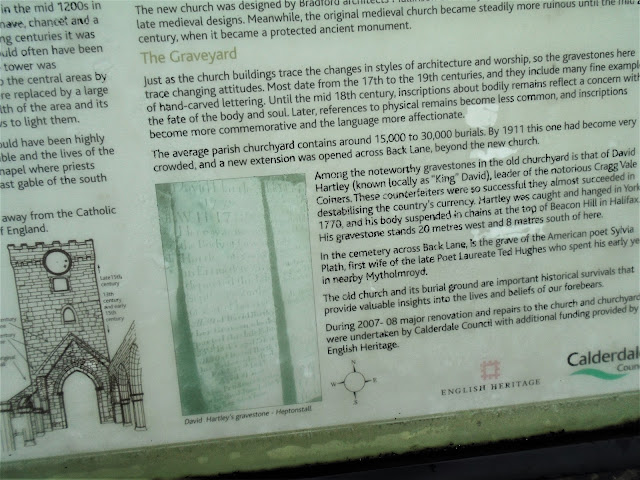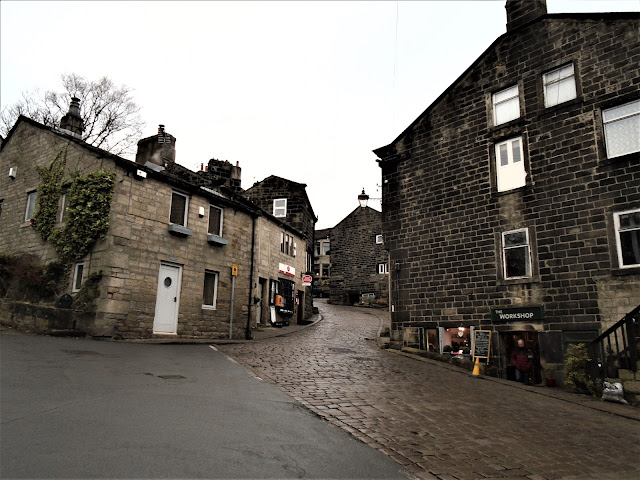The following old blog (May 2007) was written when I was in love with Wales (still am) and mythical history. It tells the story of the 'Great Bore' of the Severn Estuary. One of the great tidal races in the world. The bore sweeps up the channel in the form of a big wave and nowadays, people surf it, I think in this month of January. Must check.
---------------------------------------------------------------------------
Of the English stones* there is a story told
of Roman soldiers from the days of old
There is a legend that on these stones lye
the remains of many roman bones
The estuary of the Severn is a remarkable place, for people who live in Somerset, to drive over the new Severn bridge to Wales is like entering another land. As you drive over the vast expanse of dangerous fast flowing water there is a palpable beat of the heart experienced, you are entering into the magical world of Wales, mountains, rocky coasts, small farm nestling in the valleys, but you are also entering into a Celtic history of dragons, a giant boar who fought Arthur, saints who colonised it in the 5th/6th centuries - it is a land of myth and stories, prehistoric stones dedicated to a Celtic king all muddled with fairy tales, so that there are no edges just a blending of myth and fact.
It would probably be impossible to explain a British mind to an American when asked how we view this magical , religious, mythical world to rationalise it into a coherent whole, it is best experienced through the inner eye that sees great Celtic nobleman riding on their horses with the red-eared white hounds that always accompany them on the hunt, flowing down the hillside at Llanthony maybe, or galloping along the cliff tops at that most holy of places - St.David.
So crossing the estuary is entering into another world, a world where it is told that St.Augustine preached at St.Aust, by the old motorway bridge, and if you don't believe that story what about the iron age hoard that was found in the 19th century below the cliff at St.Aust, perhaps buried in haste from rogues, or perhaps, my version, offerings to the river god for a safe crossing over the water.
And truly you needed a safe crossing for there is a tale told of roman horsemen caught up on a sandbank in the middle of the estuary, and as the waters rose they screamed for help as did the horses neighing wildly but all were drowned, the tale is told by Nennius below, but as in all good Celtic stories, if you were to turn away from the tide it would not drown you - always there is another magical world running parallel in the tale.
The Mouth of Llyn Lliwan 'Another wonder is the mouth of Llyn Lliwan. Its estuary is in the Severn and when the Severn is flooded in the bore and the sea also floods up the estuary of the aforesaid river, the river is received into the estuary waters like a whirlpool, and the sea does not go up; and there is a shore by the river, and whenever the Severn is flooded in the bore, that shore is not touched, and when the sea ebbs from the Severn, then Lake Lliwan spews up everything that is devoured from the sea and that shore is touched, and, like a hill, breaks and spews up in one wave. And if the army of the whole country where it is should be there, and should front the wave, the force of the wave would drag down the army, its clothing filled with water, and the horses would also be dragged down. But if the army should turn its back on the wave, the wave does not harm it, and when the sea ebbs, then the whole of the shore that the wave covered is laid bare again, and the sea ebbs from it. Nennius quote
Of course Nennius is talking about the Bore that great tidal wave, driven by the moon, that runs up the estuary to the river until as the channel gets narrower so it gets higher, and people surf the wave early in the year, sometimes going for miles, other times it is but a short journey as they tumble into the water.
Spectacular today as it was back in history, though the Bristol channel is now straddled by two flowing modern toll bridges, an underground train tunnel, which leaks water from the great spring that was breached in the building of the tunnel.. It's best to hold your breath today when going through the tunnel and pray that the waters don't come splashing in, I believe it takes three minutes to go through. Not forgetting of course the two nuclear stations as well that line the sides of the channel, alongside prehistoric stones that seem to march down to the waters edge, reminding us always of other times.
On the Welsh side there is a roman road and the famous Caerwent town and Caerlon camp, with the Gray's Circle up on the hill above Wentwood Forest.Further on past Chepstow, there is the roman healing temple of Lydney,(Noden Mars) a tripartite cella points to a complex trinity of gods. Wheeler gives it a date of 364 ad. Like the temple of Nettleton Shrub (very early essay) it paints the world of roman religion and mythology. Nine small bronze dogs were found, (dogs were considered healing, as their saliva has an antiseptic balm), a bronze arm, an oculist stamp, all point to a healing centre.
In the iconography, sea monsters and fish, fisherman and tritons and probably the hunting god Silvanus was represented.
The Bore - Nennius: The River Severn Dan Ri Hafren (The Two Kings of the Severn)
'Another wonder is Dan Ri Hafren, that is, the Two Kings of the Severn. When the sea floods into the Severn estuary, two heaped-up wave crests are built up separately, and fight each other like rams. One goes against the other, and they clash in turn, and then one withdraws from the other and they go forth together again at each tide. This they have done, from the beginning of the world to the present day...
Note: There are only two locations on the Severn where such an event can be witnessed. Before the weir was built at Maisemore, the west channel tide would wrap around the Upper Parting into the eastern channel and collide with the flood tide running up that channel. But more famous, is the collision that occurs in the eastern channel of the Noose, as the leading west-channel tide rebounds of Hock Cliff and flows straight back into collision with the advancing flood tide in the eastern channel. Just as the Roman Army experienced.
* English stone, probably a bone of contention to the Welsh, but they are the rocks that lie under the estuary and upon which the tunnel and presumably the bridges are built.














































